
In the context of contemporary scientific and technological progress, sensing technology, as a window connecting the real world and the digital space, is increasingly playing an irreplaceable role. Among them, active oxygen sensors, as an important part of the field of environmental monitoring, have become the right arm of protecting air quality with its unique principle, exquisite structure and wide application. The following is an in-depth analysis of the working principle, structure, efficacy of active oxygen sensors, and their applications in many fields.
一、 The working principle of active oxygen sensor
The working principle of active oxygen sensors is mainly based on the fusion of chemical changes and physical effects. Among them, electrochemical sensors are a common type. The sensor operates on a hydrogen fuel cell assembly consisting of a magnetic induction electrode and a negative electrode. When reactive oxygen enters the internal structure of the sensor, it reacts at the magnetic induction electrical level, producing a current or voltage signal that matches the concentration of carbon dioxide. The whole process of this photoelectric catalysis does not require complex daily maintenance and can work continuously and stably.
In addition, semiconductor material active oxygen sensors use gas-sensitive semiconductor devices (such as CD4075BF3A, WO3, SnO2, In2O3, etc.) to make photoresistors. When various materials digest and absorb reactive oxygen species, chemical reactions occur, resulting in changes in the ambient temperature or resistance of the device. These changes are converted into electronic signals according to the power supply circuit to detect carbon dioxide concentrations. The reaction speed of semiconductor sensor to active oxygen is fast, and the resistance value of the component increases significantly with the increase of carbon dioxide concentration, showing a good linear correlation.
There is also an active oxygen gas analyzer based on ultraviolet digestion and absorption, which uses a relatively stable ultraviolet light source to cause a special wavelength of ultraviolet light (such as 253.7nm), according to the comparison of the intermediate signal of the test and sampling infrared sensor, combined with the basic law of Lambert-beer mathematical analysis model calculation, to obtain the carbon dioxide concentration. The method has high precision and precision.
二、Active oxygen sensor structure
Although the structure of reactive oxygen sensors varies from type to type, their structural characteristics are broadly similar. Electrochemical sensors are generally composed of magnetic induction level, negative electrode, solution pH and housing. The magnetic induction level is the place where chemical changes occur, and the negative electrode is used as the reference level to form the measurement circuit. Semiconductor sensor is mainly composed of photoresistor, heating element, signal analysis power supply circuit and so on. Among them, the photoresistor is the core component of the conversion of carbon dioxide concentration into electronic signals. Ultraviolet digestion and absorption ozone analyzers usually include ultraviolet light source, microwave filter device, infrared sensor and signal analysis device.
三、The role of active oxygen sensors
The main function of active oxygen sensors is to detect and check the concentration of carbon dioxide in the air. Reactive oxygen species, as the main component of the atmosphere, is not only conducive to the high troposphere to maintain the earth from ultraviolet damage, but also has adverse effects on the health of crops, ecological environment and growth when the ground temperature is too high. Therefore, the accurate detection of carbon dioxide concentration plays a vital role in ecological environmental protection, human health and agriculture.
四、 The application of active oxygen sensors
1. Natural environment for industrial production
In the chemical industry, paper industry, printing and dyeing plants and other industrial processes, the formation of reactive oxygen species is inevitable. Active oxygen sensors can detect carbon dioxide concentrations in industrial production environments in real time to ensure safe operation and avoid mechanical equipment damage. At the same time, using big data, companies can optimize production processes, reduce reactive oxygen emissions, and achieve green manufacturing.
2. Environmental monitoring
The Environmental Protection Department uses active oxygen sensors to monitor atmospheric carbon dioxide concentrations in real time to assess the air index. This information has brought scientific proof for enterprises to formulate national environmental protection policies and implement environmental protection governance. Active oxygen sensor is very important in the application of high incidence of haze weather and increasing attention to air index.
3. Experimental research
In the field of scientific research, active oxygen sensors provide high-performance accurate measurement methods of carbon dioxide concentration for research. Workers in environmental and ecological engineering, chemical processes or materials science can use active oxygen sensors to conduct in-depth research and promote scientific and technological innovation in related fields.
4. Health care
Low concentration of reactive oxygen species has a certain bactericidal effect, so it has been widely used in hospitals, clinics and other hospitals. Active oxygen sensors can monitor and control the concentration of carbon dioxide, ensure the disinfection effect, and prevent adverse effects on human health. In addition, reactive oxygen species are used to eliminate microbial bacteria in the mouth and maintain the patient's dental health.
5. Air conditioning unit
In air conditioning units, active oxygen sensors can detect carbon dioxide concentrations in air conditioning pipes and indoor air to avoid adverse effects on the body due to excessive reactive oxygen species. At the same time, it can also ensure indoor air pollution and improve the quality of life. People pay more and more attention to indoor air pollution, active oxygen sensors are widely used in air conditioning units.
As one of the important achievements of modern science and technology, active oxygen sensors play an irreplaceable role in ecological environmental protection, industrial control systems, scientific research, medical and other fields. With the continuous development of technology and the continuous innovation of applications, active oxygen sensors will eventually play a more important role in the near future, contributing to the sustainable development of human society.
The Products You May Be Interested In
 |
TPCM-2.4-5 | CMC 2.41MH 5A 2LN TH | 383 More on Order |
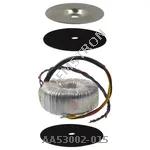 |
AA53002-015 | XFRMR TOROIDAL 300VA CHAS MOUNT | 464 More on Order |
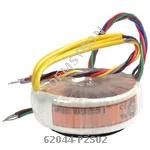 |
62044-P2S02 | XFRMR TOROIDAL 10VA CHAS MOUNT | 336 More on Order |
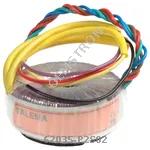 |
62035-P2S02 | XFRMR TOROIDAL 7VA CHAS MOUNT | 369 More on Order |
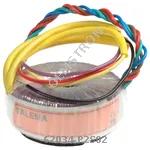 |
62034-P2S02 | XFRMR TOROIDAL 7VA CHAS MOUNT | 441 More on Order |
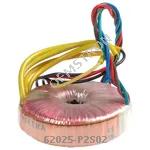 |
62025-P2S02 | XFRMR TOROIDAL 5VA CHAS MOUNT | 218 More on Order |
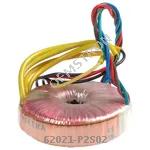 |
62021-P2S02 | XFRMR TOROIDAL 5VA CHAS MOUNT | 281 More on Order |
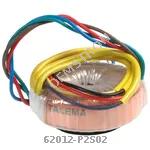 |
62012-P2S02 | XFRMR TOROIDAL 3.2VA CHAS MOUNT | 178 More on Order |
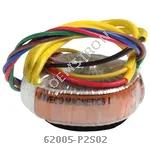 |
62005-P2S02 | XFRMR TOROIDAL 1.6VA CHAS MOUNT | 426 More on Order |
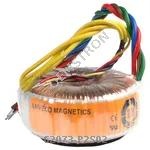 |
62073-P2S02 | XFRMR TOROIDAL 35VA CHAS MOUNT | 294 More on Order |
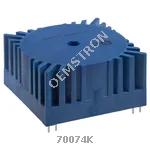 |
70074K | XFRMR TOROIDAL 35VA THRU HOLE | 380 More on Order |
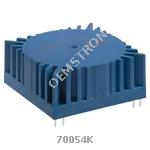 |
70054K | XFRMR TOROIDAL 15VA THRU HOLE | 262 More on Order |
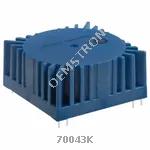 |
70043K | XFRMR TOROIDAL 10VA THRU HOLE | 309 More on Order |
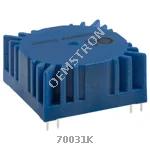 |
70031K | XFRMR TOROIDAL 7VA THRU HOLE | 481 More on Order |
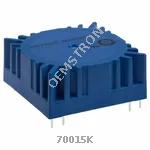 |
70015K | XFRMR TOROIDAL 3.2VA THRU HOLE | 421 More on Order |
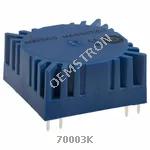 |
70003K | XFRMR TOROIDAL 1.6VA THRU HOLE | 140 More on Order |
 |
62015-P2S02 | XFRMR TOROIDAL 3.2VA CHAS MOUNT | 210 More on Order |
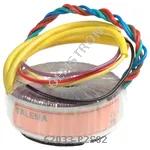 |
62033-P2S02 | XFRMR TOROIDAL 7VA CHAS MOUNT | 360 More on Order |
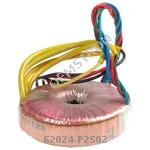 |
62024-P2S02 | XFRMR TOROIDAL 5VA CHAS MOUNT | 268 More on Order |
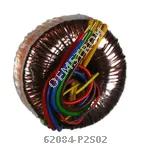 |
62084-P2S02 | XFRMR TOROIDAL 50VA CHAS MOUNT | 607 More on Order |
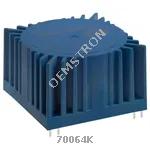 |
70064K | XFRMR TOROIDAL 25VA THRU HOLE | 2293 More on Order |
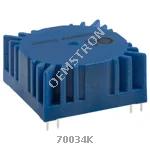 |
70034K | XFRMR TOROIDAL 7VA THRU HOLE | 674 More on Order |
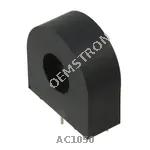 |
AC1050 | CURR SENSE XFMR 50A T/H | 409 More on Order |
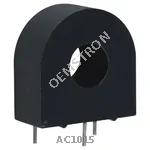 |
AC1015 | CURR SENSE XFMR 15A T/H | 287 More on Order |

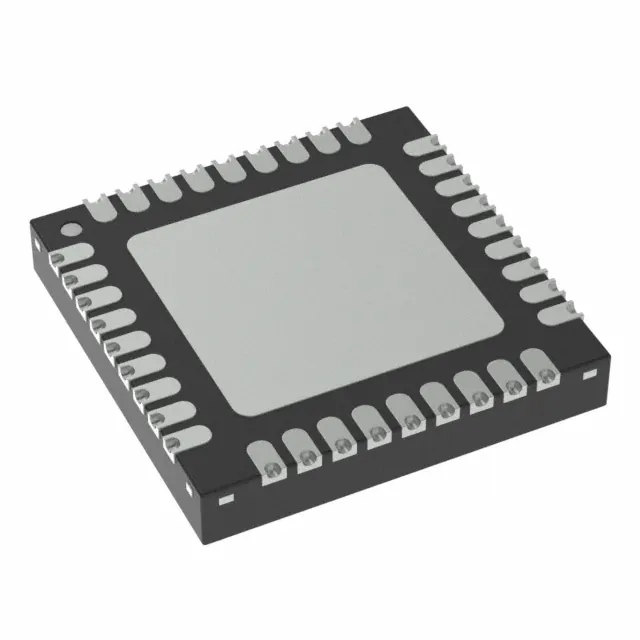 Semiconductors
Semiconductors









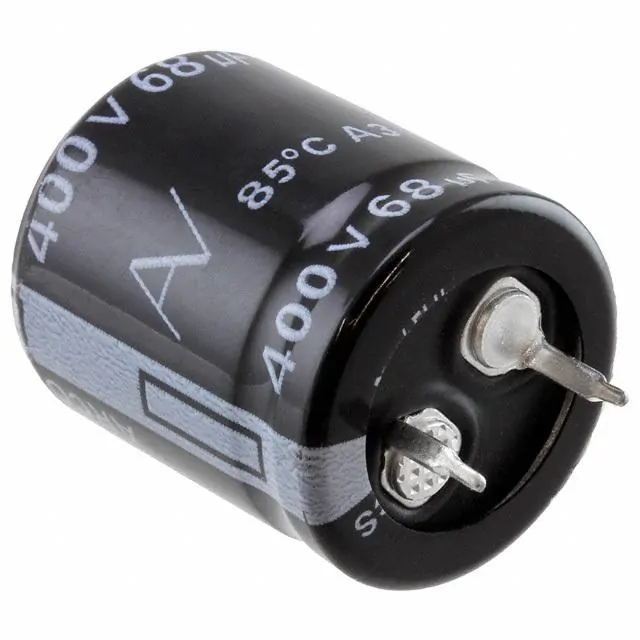 Passive Components
Passive Components









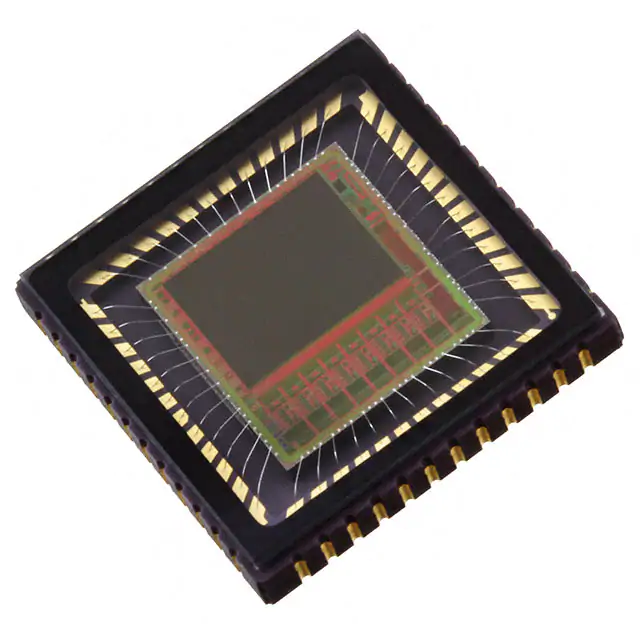 Sensors
Sensors








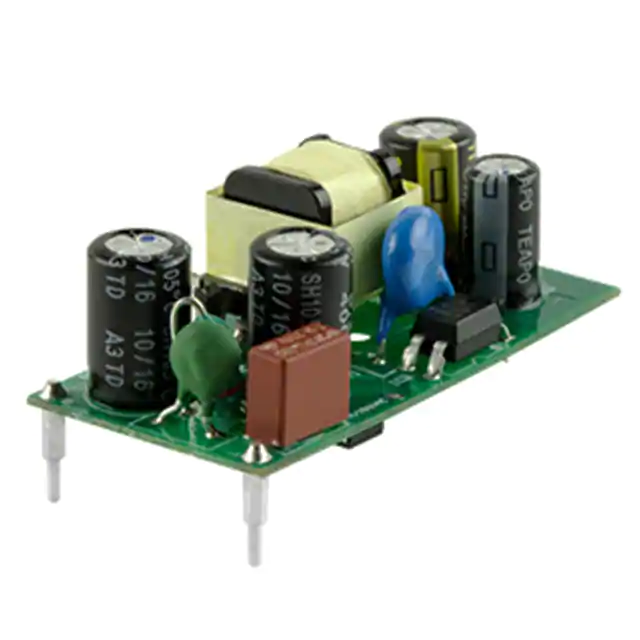 Power
Power









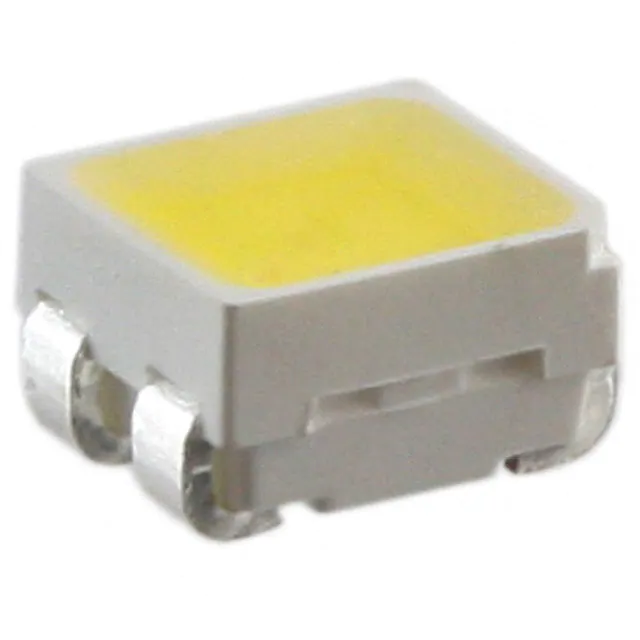 Optoelectronics
Optoelectronics








